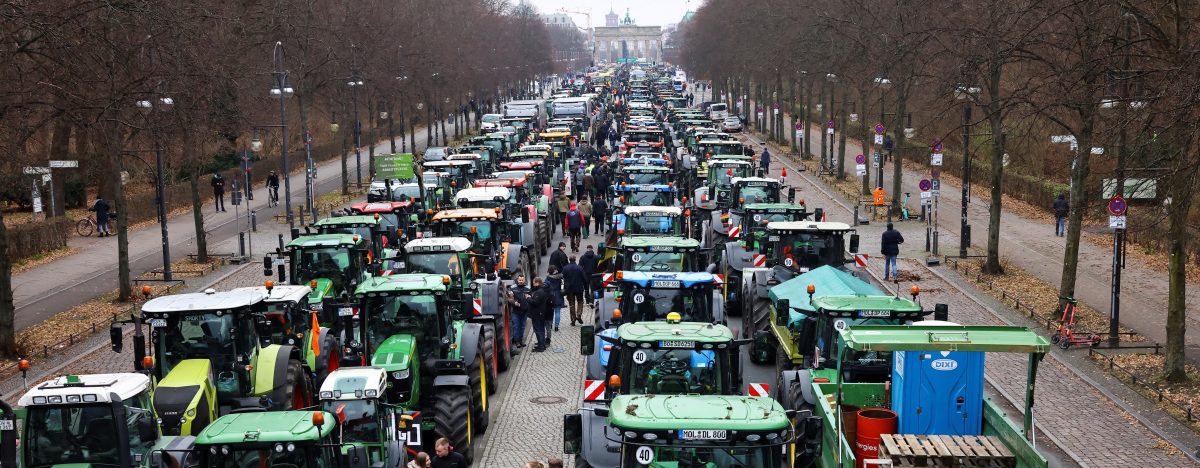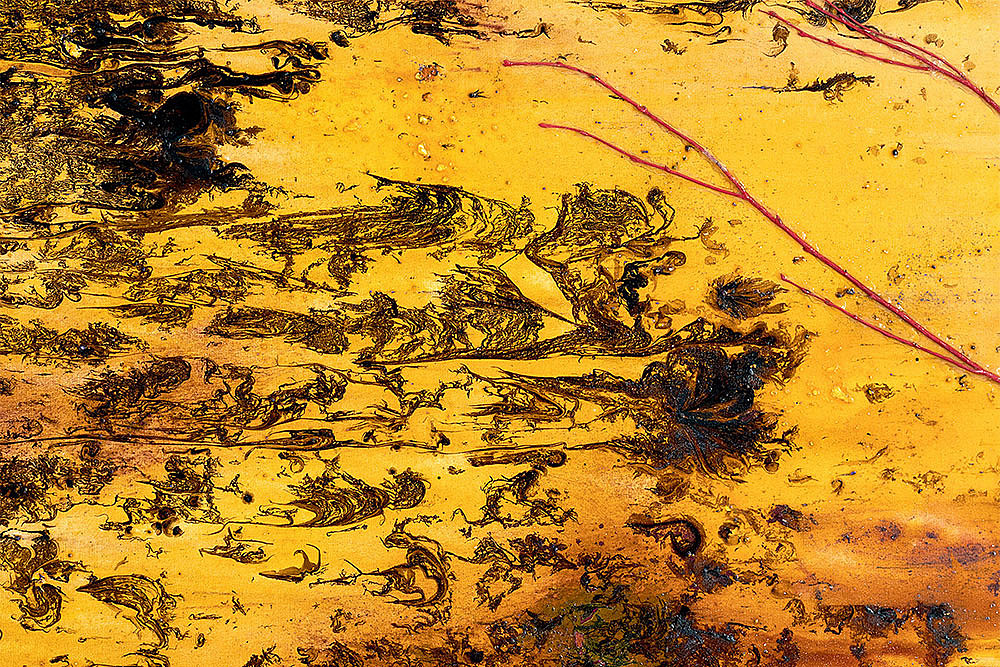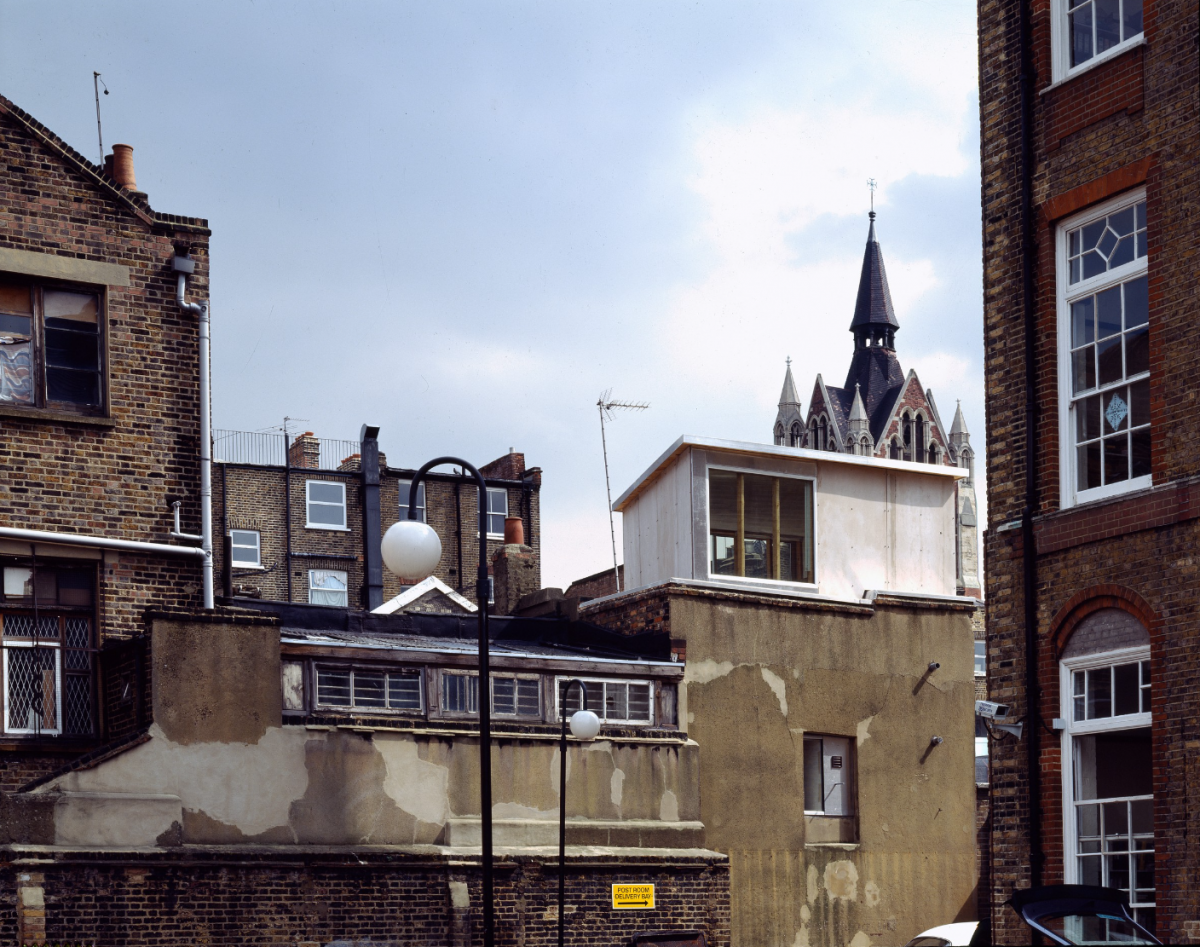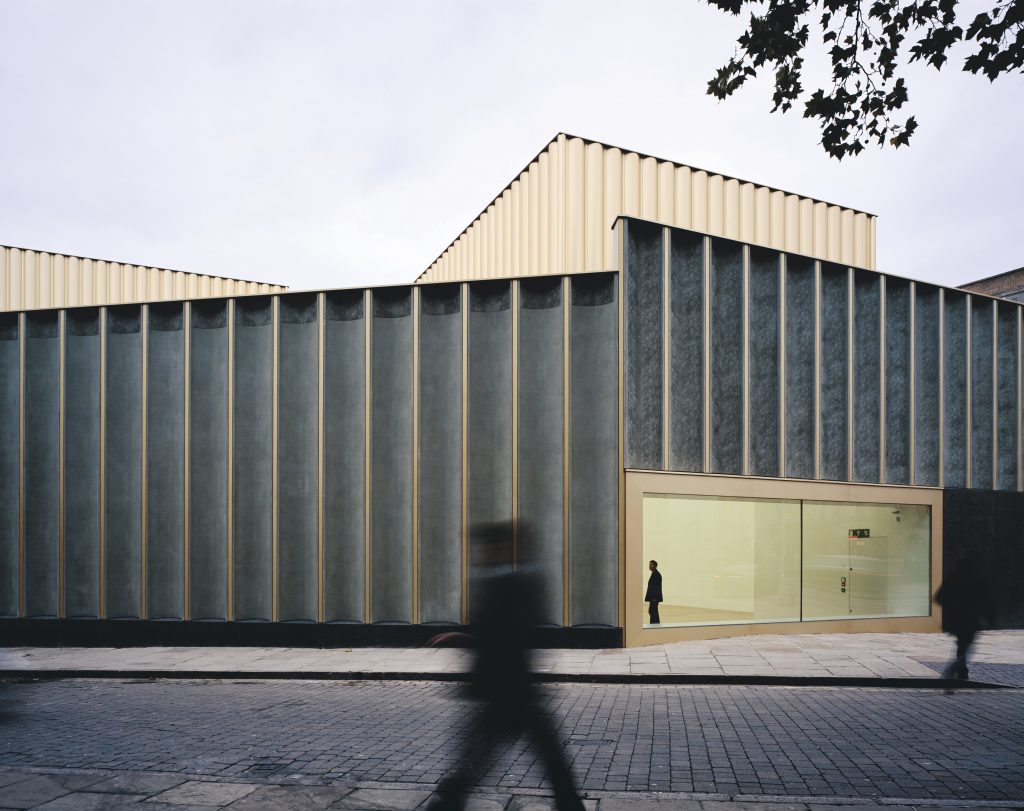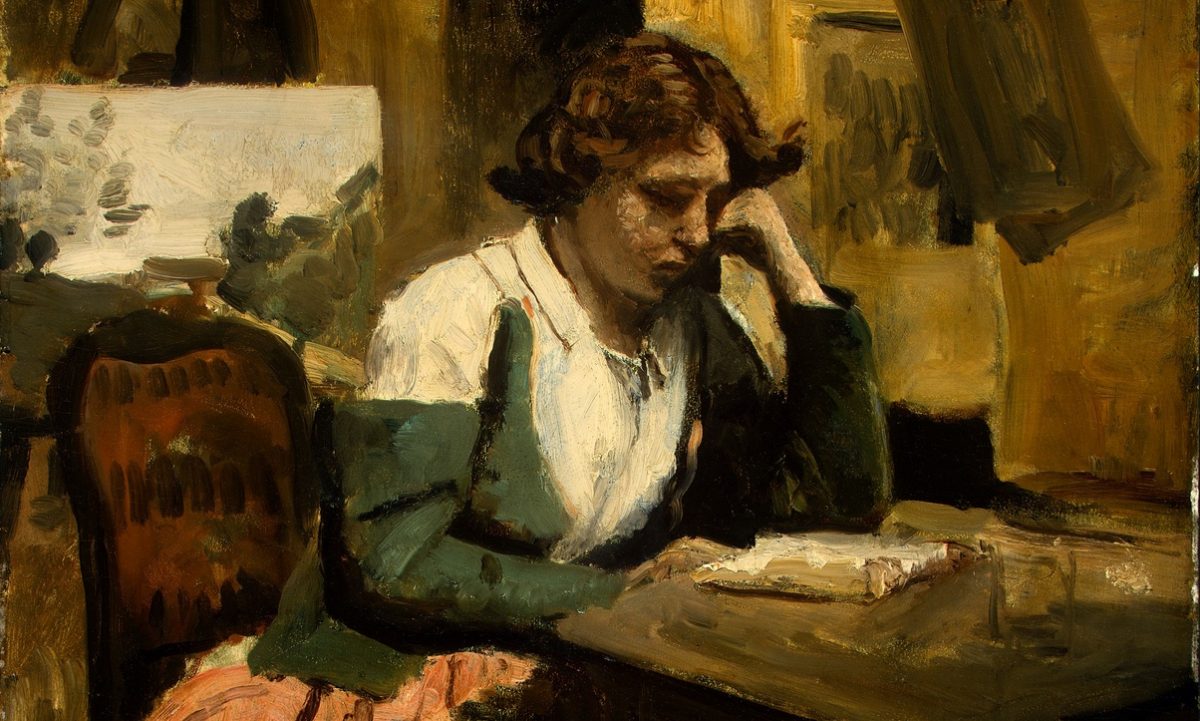I realise that agricultural policy rarely sets hearts and minds racing. But the recent farmers’ protests in Europe provide fundamental lessons in contemporary political science. Their significance rests not only on the fact that they constitute one of the rare victorious protests of recent decades. Nor that the protesters represent one of the most protected classes on the planet (and perhaps the two are not unconnected). Nor because the victory consisted in reasserting their right to poison water, land and air (and perhaps the three are connected). Nor even because of the extraordinary submissiveness and munificence of both national governments and the European Union (and are these four things not connected?). The lessons go far beyond that. But let’s start with the facts.
The recent outbreak of farmers’ protests began in Germany on 18 December, when 8,000 to 10,000 demonstrators and at least 3,000 tractors descended on Berlin’s Brandenburg Gate. Demonstrations continued in the capital and spread throughout the country in the weeks that followed, by which time French farmers were also in revolt, proclaiming a ‘siege of Paris’ on 29 January and blocking its motorways. Similar protests broke out across ten other EU countries, including Spain, Czechia, Romania, Italy and Greece. The initial unrest was triggered by Germany’s Constitutional Court, which had forbidden the governing ‘traffic light’ coalition from using unallocated Covid-19 funds to balance its budget. Forced to look elsewhere, the government curtailed subsidies and introduced new taxes affecting agricultural motor vehicles and diesel.
Hence the revolt of the farmers, who added further items to their cahier de doléances. This included the EU measure excluding those who do not set aside 4% of their land each year from subsidies. It should be noted that this is only a tentative first step towards allowing the land to recover and giving it some relief from nitrogenous fertilisers which, when released into the air, contribute 310 times more than carbon dioxide to the greenhouse effect (4% of all soil does not seem like much of a sacrifice to prevent it from deteriorating completely). The farmers also joined with their Polish confrères who have been protesting for a year against the tax-free import of Ukrainian agricultural products (wheat, maize, rape, poultry, eggs), in a dispute that complicates official narratives of unshakeable European solidarity with the war effort.
The protests thereby took on an anti-EU character, which is rather surprising in light of the figures. For the EU allocates more than a third of its total budget (€58.3 billion out of a total €169.5 billion in 2022) to farmers, though they produce only 2.5% of the Union’s GDP and represent only 4% of European workers (and actually much less in the large producing countries – France, Italy, Germany, Spain and the Netherlands – because a third reside in Romania alone). German farmers receive around €7 billion from the EU as well as €2.4 billion from the German federal state. The protests are all the more astonishing when one considers average net profits: €115,400 for the 2022/23 crop year, marking an 45% increase over the previous one. Producers of fodder for livestock farming did especially well, with more than €143,000, while arable farmers made an average of €120,000. The farmers are therefore protesting after a record year of profits.
European farmers have now been a protected class for more than sixty years, following the introduction of the Common Agricultural Policy (CAP) in 1962. Initially, this protection (import barriers, tax relief, subsidies, and guaranteed prices in the first decades) made electoral and political sense, as farmers still represented 29% of the population in Italy and 17% in France (to give two examples); but today, dedicating a third of EU resources to less than a twentieth of the population seems highly questionable. This is all the more true when one takes into account the evolution of the CAP. In the beginning it was based on centralised price support: products were bought by Brussels when their price fell below a threshold, and were then resold or simply destroyed. This method had several shortcomings: it stimulated overproduction, particularly of milk, fruit and cereals. In the 1980s, millions of tonnes of agricultural commodities were wasted. Moreover, because production was higher on large farms, agribusiness giants received the lion’s share of subsidies and relief.
With the neoliberal wave, however, centralised price intervention was reduced and management delegated largely to individual member states. The result is that subsidies, tax exemptions and incentives are fragmented into a jungle of local measures – a form of bureaucratic, computerised clientelism. The EU’s agricultural policy provoked criticism from non-EU countries which argued against the impenetrability of ‘fortress Europe’ for their agricultural industries, and also from Germany – a country dedicated to exports which found it an obstacle for trade agreements beyond Europe. It was also noted that even countries which benefit most from the policy, such as France (which receives €9.4 billion in contributions), pay more to the EU than they receive (the benefit lies elsewhere: in the free movement of goods and capital).
To grasp the dynamics of these protests, one must turn to their recent protype: the rebellion of the Dutch farmers over the past five years. Holland is the EU country with the most intensive agriculture industry. On an area of only 42,000 square kilometres (one sixth that of the United Kingdom), it raises 47 million chickens, 11.28 million pigs, 3.8 million cattle, as well as 660,00 sheep (the total human population is 17.5 million). France, on an area 15 times larger, raises the same number of pigs and only four times as many cattle. A country as small as the Netherlands is thus the second largest agricultural exporter in the world ($79 billion) behind the USA ($118 billion, over an area 250 times larger) and ahead of Germany ($79 billion, over an area nine times larger).
No wonder, then, that in 2019 the Dutch Institute of Public Health issued a warning about the ecological effects of livestock farming, showing that is responsible for 46% of nitrogen emissions (to feed livestock, the Netherlands has to import huge quantities of nitrogenous feed, on top of the nitrogenous compounds produced by the animals themselves), plus serious and irreversible damage to the soil. This can only be stopped by reducing the quantity of livestock reared; so, in response to these findings, the centre-right coalition government proposed a law to halve the overall number. The farmers’ reaction was swift: tractors advanced on The Hague, inaugurating almost four years of highly visible, sometimes violent protests, paralysing motorways and halting canal traffic. Soon, these protests were imitated in Berlin, Brussels and Milan. Farmers in the Netherlands make up only 1.5% of the population, but in March last year the Farmer–Citizen Movement (BBB) won almost 20% of the vote and 15 out of 75 seats in the Senate, before collapsing in November’s early parliamentary elections to 4.65% and 7 seats in the House of Representatives.
Dutch governments (of whatever composition) are generally disliked by many EU countries for being the standard bearer of the ‘frugal states’, always ready to second the German Central Bank in its ordoliberal Strafexpeditionen. But it must be said that, although they eventually gave in, the governments showed much more backbone on the nitrogen issue than their counterparts elsewhere in Europe or even Brussels itself. This winter, faced with the threatening columns of tractors, the European Commission immediately folded on the fallow land ordinance. Instead of letting 4% of the land go unused, farmers will now be able to grow plants that ‘fix’ nitrogen in the soil such as ‘lentils or peas’. And national governments, starting with Germany, have withdrawn the tax on diesel fuel for agricultural use. There is now talk of new subsidies for the sector.
It is instructive to compare these reactions to those which met the gilets jaunes uprising in France. The trigger for the protests was similar: refusal to be burdened with the costs of ecological measures, in this case a rise in the price of road fuels. While the farmers’ demonstrations have never numbered more than ten thousand, and those involved has not exceeded a hundred thousand overall, the first gilets jaunes action on 17 November 2018 involved 287,710 protesters throughout France (this is according to the French Ministry of the Interior; there were likely many more). At least three million people took part in the movement over four months.
Police repression against the gilets jaunes was extremely violent; 2,500 protesters and 1,800 officers were injured in the clashes. An average of 1,800 people were detained every week; 8,645 were arrested and 2,000 sentenced, 40% of them to prison terms. By contrast, in the case of the recent French farmers protests I was able to find evidence of 91 detentions on 31 January and 6 at the Agricultural Fair on 24 February, where 8 policemen were slightly injured. During the ‘siege of Paris’ very few water cannons were used. The mildness of response was matched by other European police forces, German, Italian, Spanish, Greek and so on.
This leads to a second decisive difference between the two movements: the European dimension. It may come as a surprise that among the subaltern classes, the social group considered most archaic and most traditionalist is the first to develop a transnational character. Perhaps only the student movement of the 1960s managed to achieve something equivalent, with their actions spreading from capital to capital. It makes one reflect that the free movement of capital and labour did not produce a free movement of movements, with the exception of the farmers. After sixty years of the EU, the trade unions still stubbornly refuse to pursue actions on a continental level (it must be said that they feel absolutely no push from their bases in this direction). After decades of the Erasmus programme, we have yet to see a new student movement with a European dimension.
Even more striking is that this class is the only one capable of defending its interests effectively today. It has done so combatively throughout the last century. Take France: in 1907 in Languedoc and Roussillon farmers revolted against wine imports, and an entire department mutinied in solidarity, until they were eventually bloodily repressed by the army; in 1933 farmers invaded a prefecture for the first time; between 1957 and 1967 they fought the ‘artichoke war’; in 1961 the ‘potato war’ broke out, and in 1976 there were yet more gunfights and barricades. In 1972 flocks of sheep invaded the Champ de Mars in Paris and the cavalry officers’ ball was interrupted by a swarm of bees; in 1982 agriculture minister Edith Cresson was blockaded by farmers and had to flee by helicopter; in 1990 the Champs Elysées was covered in wheat grains; the minister’s office was ransacked in 1999; French president François Hollande was roughed up at the 2016 Agricultural Show.
In a paradox that would make Marx turn in his grave, it could be said that today the peasants, not the workers, are the only class that is internationalist in practice, precisely because they are chauvinist in ideology. As a social coalition, the gilets jaunes represented what Christophe Guilly called ‘La France périphérique’; the farmers by contrast could be said to represent ‘l’Europe profonde’. There is a world of difference between the two concepts: the former is marginal, outlying, the latter is fundamental, essential to the soul of the nation. Land is probably the most conservative concept ever developed. I remember once being in a vegetable shop in Greece and overhearing a customer ask the clerk for reassurance: ‘Are these potatoes Greek?’ There is the peculiar idea that if a fruit or plant comes from your land, then it is more genuine, less adulterated. It is no coincidence that the Italian premier Georgia Meloni is now weaponizing food in her nationalist identity offensive.
This helps to unravel at least some of the enigmas raised by the farmers’ protests of recent months. Instead of the classical alliance between workers and peasants proposed by Lenin, are we witnessing the formation of a new historic bloc? With tractors, combine harvesters and all the other machinery, the technological revolution wiped out the peasant masses Lenin was describing. Today’s peasants (at least those who have been protesting in Europe in recent months, and certainly not the labourers – often immigrants, even more often illegal ones – who work in their fields) are small landowners, similar to independent truck drivers, the small self-exploiting capitalists described by the Italian sociologist Sergio Bologna (one cannot help but remember the independent Chilean truck drivers who contributed so much to the fall of Salvador Allende).
Along with nutritional sustenance, peasants provide global capitalism with ideological support. This abstract financial system needs to anchor itself deep in our psyches in order to effectively govern at the level of the nation-state. Capital’s political representatives do not need farmers’ votes, nor their economic output, as much as they need the ‘imagined community’ that is created around the potato, the grape or the white asparagus. A representative of Dutch farmers remarked in 2019, ‘If there will soon be no more farmers, don’t say “wir haben es nicht gewusst”’. That he was unafraid of ridicule in making a comparison with the Holocaust is an indication of how far symbolic investment in the figure of the farmer can go.
What we are witnessing is therefore not a class alliance: the interests of small agrarian owners do not converge with those of financial capital. Quite the contrary, as the latter strangles them with debt. Finance capital shares interests instead with the large distribution networks and agribusiness corporations whose profits harm the vast majority of ‘tractor drivers’. To imagine that small farmers are allied with the big agribusiness conglomerates is like saying that small carpenters’ shops have the same interests as Ikea. This explains why, though the class of small farmer-owners is on average the most protected, and one of the most affluent, a part of it experiences hardship and has every reason to protest. The hardship of the Dutch peasantry – to give just one example – is due to the vertical integration between the oil industry, the chemical industry, the machine industry and large-scale distribution, which has made Holland the world’s second largest agricultural exporter.
But whatever their struggles, the fact is that today’s peasants are all smallholders. The ideology of ownership finds its purest manifestation in land ownership. The gilets jaunes did not protest as owners; the tractor drivers did. While sympathy from parts of the population is on grounds of identity, the indulgence of capital it is sympathy for a proprietary protest. Hence, a double attraction. The abandonment of environmentalist claims by governments (and also the idea of making consumers of fossil fuels pay for environmental conversion) reveals the ideological sway of ownership in contrast to that of the collective good.
In my book Masters, I posed a related problem: neoliberalism is an individualistic, atheistic, amoral ideology, based on the denial of any tradition, and on the idea of the human being as a behavioural tabula rasa. Yet why does neoliberalism constantly ally itself with religious fundamentalism, a communitarian, traditionalist, moralist ideology? The German neoliberals already provided the answer when they said that you cannot ask more from competition than what it is able to give. Competition is divisive, and therefore the system requires other components that can hold the social fabric together. For the neoliberal order, peasants are to society as religious fundamentalists are to ideology: remnants of the past, yet indispensable elements of identity cohesion. In the age of artificial intelligence, our rulers will make us fight for the European potato.
Read on: Stathis Kouvelakis, ‘The French Insurgency’, NLR 116/117.
